Material Selection
- Commercial-grade plastic, elastomers and metals
- Various injection molding and CNC machining materials
- Multiple additives to improve molding product property
- All uploads are secure and confidential!
Manufacturing Material Types
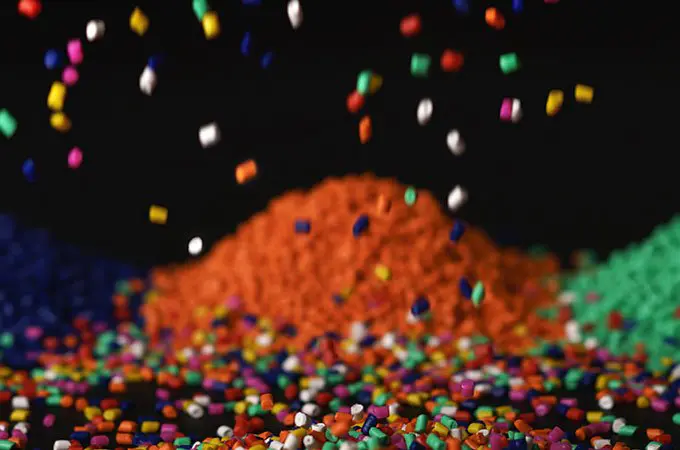
Plastic Material
Rubber Material
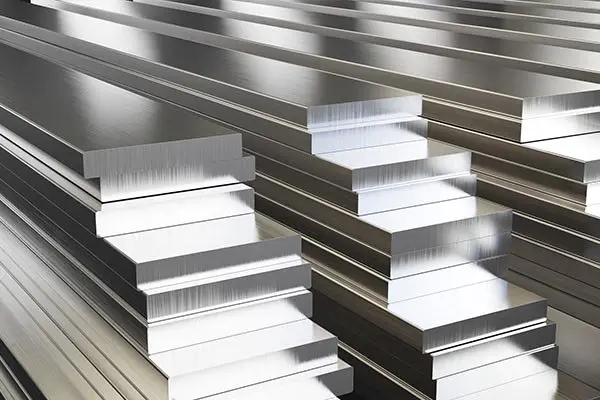
Metal Material
Material Modification
Materials modifications can provide the desired properties of new materials, such as higher thermal stability, better impact strength, stiffness, flexibility, etc properties, and most of the time, it will lower the cost for customers.
Zhongde with experience in material modification. The engineer depends on the material properties, the customer's desired effect, and processing conditions to choose the appropriate plastic additive for unique project requirements.
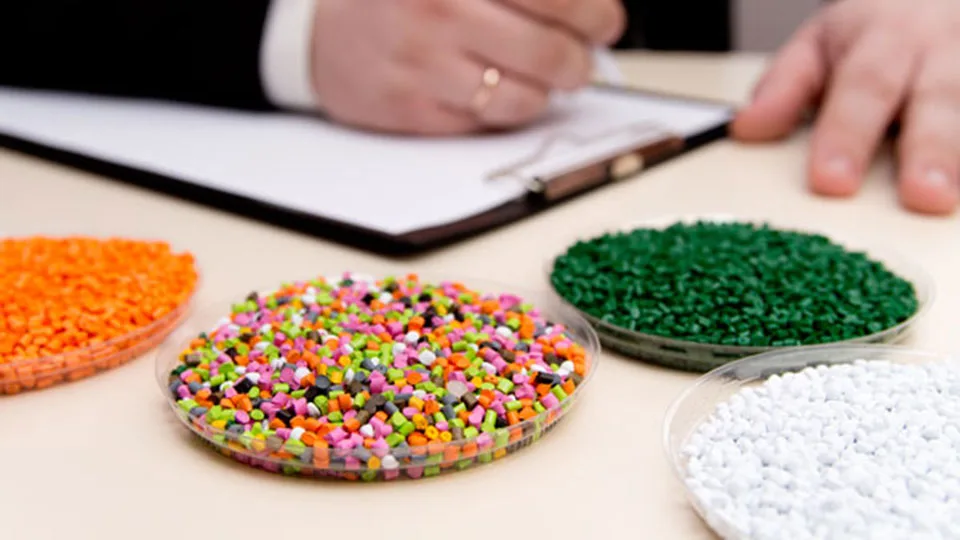
Molding Material Additives
| Name | Description |
|---|---|
| UV absorbers | Absorb UV radiation, slowing down the degradation of the material when used outdoors. |
| Flame retardants | Prevent ignition and inhibits the spread of fire. |
| Plasticizers | Increase flexibility and promotes plasticity, reducing the brittleness of the material. |
| Colorants | Used to color plastics. |
| Carbon fibers | Increase strength, toughness, and rigidity of the material at the expense of making the material more brittle. |
| Glass Fibers | Increase strength, toughness, and rigidity of the material at the expense of making the material more brittle. It is more flexible than carbon fibers. |
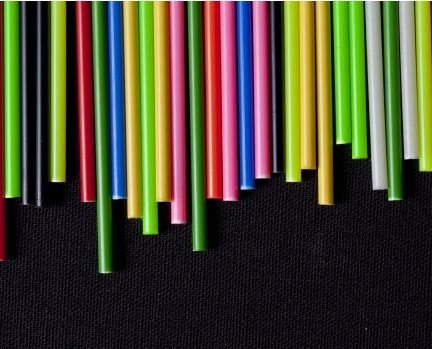
Plastic Material Selection Guide for Your Manufacturing Process
High-performance plastics are being widely used and are gradually replacing some traditional materials such as bronze, stainless steel, aluminum and
Create Molded Parts with Zhongde
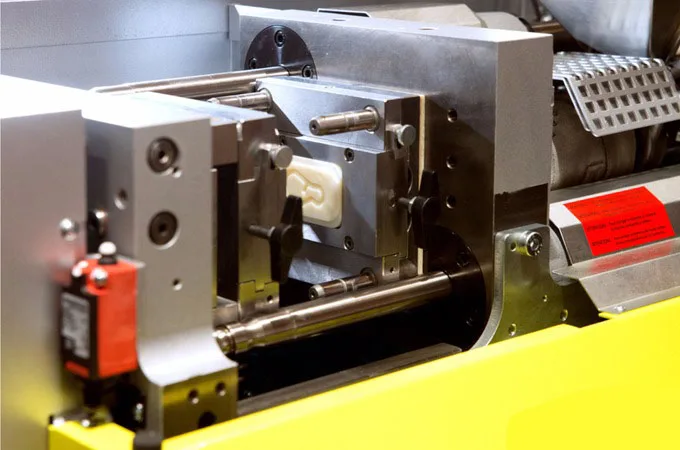
Injection Molding
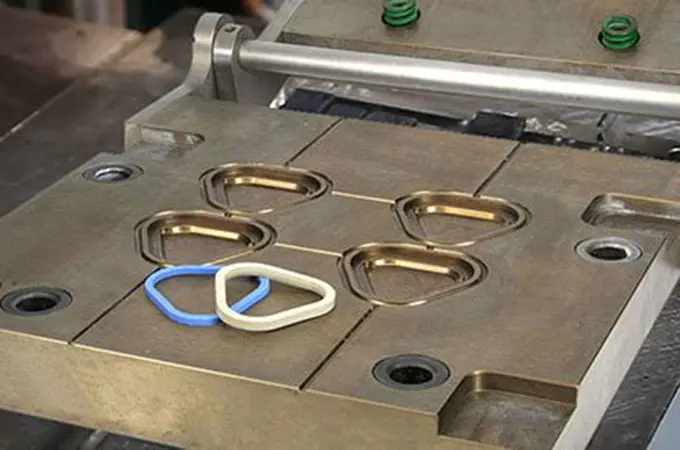
Compression Molding
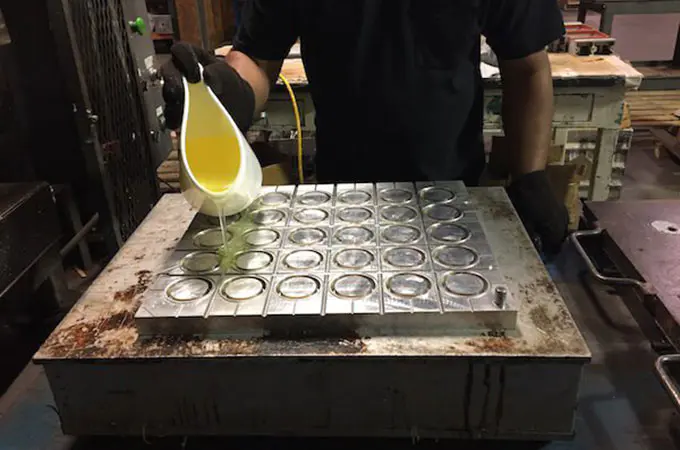
Cast Molding
Start A New Project Right Now!
FAQs of Material Selection Guide
How should I choose the most suitable material for my project?
Can one set of mold produce products in different materials?
If the production process is consistent, it is possible, but the product will be deformed to different degrees due to different material characteristics
How do you charge for material modification service?
Knowledge Hubs for Material Selection Guide

Why is Injection Molding so Expensive?
Why is injection molding so expensive? The high costs associated with plastic injection molding are driven by several factors, including mold
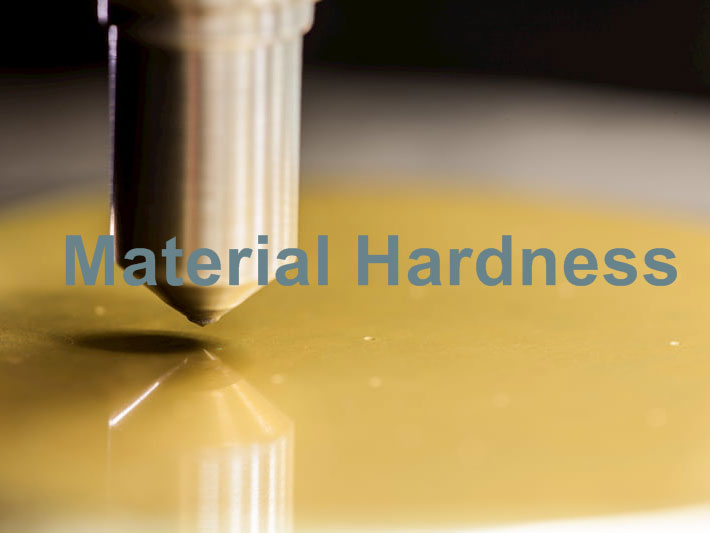
Exploring Material Hardness: Types, Tests, and Units
Material hardness is a fundamental property that indicates how well a material can withstand forces without undergoing permanent deformation. It

What is Rapid Tooling? Everything You Need to Know
In today’s fast-paced manufacturing landscape, rapid tooling has emerged as a game-changer. This post explores the world of rapid tooling,